The undeniable benefits of offering a free, proctored ACT cannot be ignored. America needs to start decreasing its opportunity gap between high-income and low-income students. This starts with a proctored ACT initiative and continues with schools offering free ACT tutoring like CPS does.
There are many challenges in the process of going to college. There are even more if at least one parent of a student does not have a bachelor’s degree.
When applying to college, there are many forms to submit, tests to take and deadlines to meet. When a parent has completed this process, they can act as a guide to their student which helps decrease stress and prevents missing important information.
Without this guide, the process is infinitely more difficult. For these and other reasons, often socioeconomic, 70% of students who have at least one parent who has achieved a bachelor’s degree obtain a bachelor’s degree themselves while only 26% of students whose parents don’t have a bachelor’s degree achieve a bachelor’s degree.
This inequality is not an easy problem to solve, however, there is a way to start leveling the playing field: public schools proctoring a free ACT for juniors.
While many colleges have moved to a test-optional platform, ACT scores are necessary for some selective colleges as well as for many scholarships. These scholarships are imperative for many to be able to afford college or to prevent people from having to take out debilitating debts to fund their education.
Colleges use the ACT because it allows them to get a standardized score for all students. While GPAs are important, every school offers different levels of difficulty which means that colleges are not comparing apples to apples when they compare GPAs.
This is when the ACT comes in, a test to measure college readiness. Colleges can compare students’ ACT scores to decide who gets scholarships out of a large pool of applicants, making the ACT very important.
In addition, an ACT score can determine if a person is a good fit for a college.
ACT preparation teacher Jeshanah Zolkowski talked about using the ACT as a guide to what colleges someone may be comfortable at.
When you are deciding what college to go to, you want to choose one that’s going to be the right pace and the right difficulty level for you
— Jeshanah Zolkowski
“When you are deciding what college to go to, you want to choose one that’s going to be the right pace and the right difficulty level for you,” she said. “And so that’s kind of the reason why you might want to take the ACT.”
ACT preparation teacher Ginger Newman also talked about what an ACT score indicates about being a good fit for a college.
“Each college sets their admission ACT score. And what that means is, ‘we think that the majority of kids who get this on the ACT will be able to be successful their freshman year here.’ And so that’s why you see that variance [of scores between] particular colleges or universities,” she said.
However, there are also challenges to taking the ACT, especially regarding the money involved.
The ACT itself is $68 without the writing section and $93 with the writing section. There are also extra fees for late registration, changing the date or location of the test, sending scores to more than four colleges and getting test information (such as the exact questions that were incorrect) released after the test.
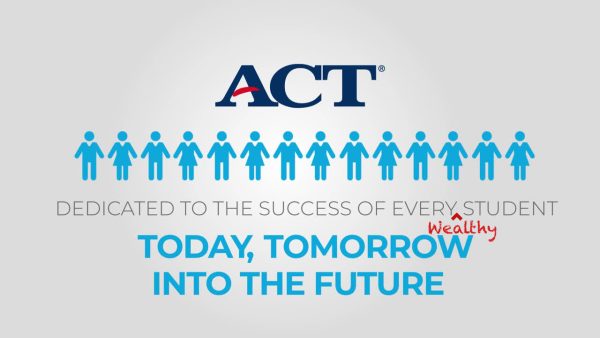
In addition, many people get some form of tutoring before taking the ACT. Tutoring has many benefits due to the ability to tailor study programs to a specific student and the obligation to set time aside to study. This can lead to a three to six-point improvement on the ACT.
Unfortunately, tutoring is expensive. Students can expect to spend between $50 and $2,000 on tutoring. This further increases the challenges of the ACT for low-income students.
CPS offers a free ACT preparation class for all students to broaden the availability of these resources, but not all schools do.
Zolkowski talked about the advantages that higher-income families have when it comes to tutoring.
“Some students, their families can pay for tutoring. Other students, their families can’t pay for tutoring…they can take the ACT prep class for free, but in some of the smaller schools, they maybe don’t have that option,” Zolkowski said.
Not only does price play an integral role in the accessibility of the ACT to low-income students, but the locations the ACT is proctored at do too. Many students rely on public transportation or school transportation to get to school. When the ACT isn’t offered at their school, they have to find a way to get to the testing center.
“Not everybody can get here on a Saturday. The national tests all happen on Saturday mornings, and you got to be here at 7:30 and you stay until noon,” Director of Counseling Susan Matthews said. “Some people work, and they can’t do that. Some people’s parents work, and they don’t have transportation. Being embedded in the school day allows for people to take the test at a time when they’re here normally.”
For every 1,000 low-income students who scored highly before universal testing, an additional 480 high-scoring students were uncovered
In order to help close the opportunity gap for college, every public school should offer a free, proctored ACT at their school. This can be funded through federal and state programs but is a necessity to ensure equal opportunity for all students to reach higher education opportunities.
This has proven to be beneficial in states that have implemented this policy. In 2007, Michigan made the ACT a required test for all juniors. The percentage of students taking the test rose by 45% in one year.
This uncovered many high-scoring students who would not have otherwise taken the ACT.
For every 1,000 students who would have scored highly prior to universal testing, another 230 high scorers were revealed.
This was even more significant for low-income students.
For every 1,000 low-income students who scored highly before universal testing, an additional 480 high-scoring students were uncovered. As a result of this policy, more low-income students attended and graduated from four-year colleges.
Missouri used to offer a proctored ACT to juniors, however, it was cut during the 2017 budget cuts. Matthews spoke on the effect of this decision on CPS.
“[The free ACT] was an initiative they did for the entire state, and then when they pulled back for funding, Peter Stiepleman, the superintendent at that time, decided that we were just going to continue doing it,” Matthews said.
This policy needs to be implemented in every state, and should not be cut due to the importance of equality in education.
Every public high school in the U.S. should proctor a free ACT for juniors and offer free ACT tutoring opportunities.
By expanding opportunities for the ACT, America will be able to fulfill its responsibility to nurture its low-income students just as much as its high-income students.







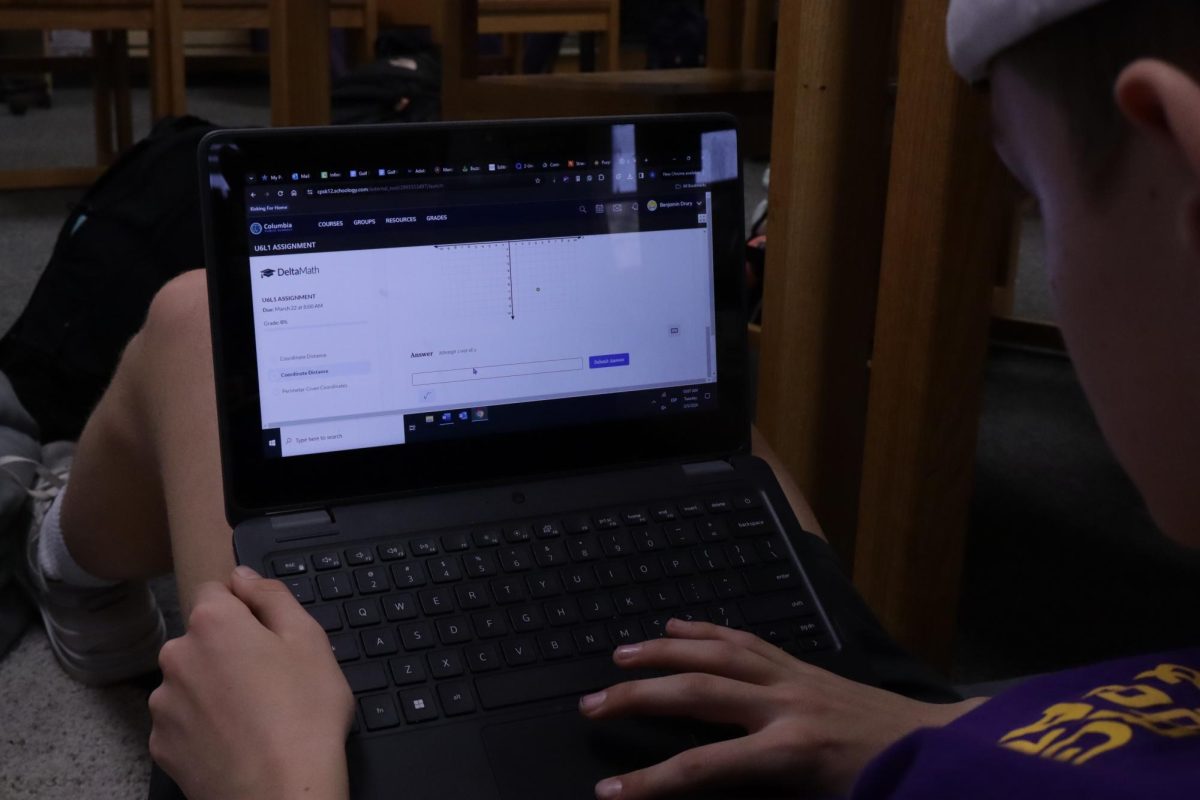
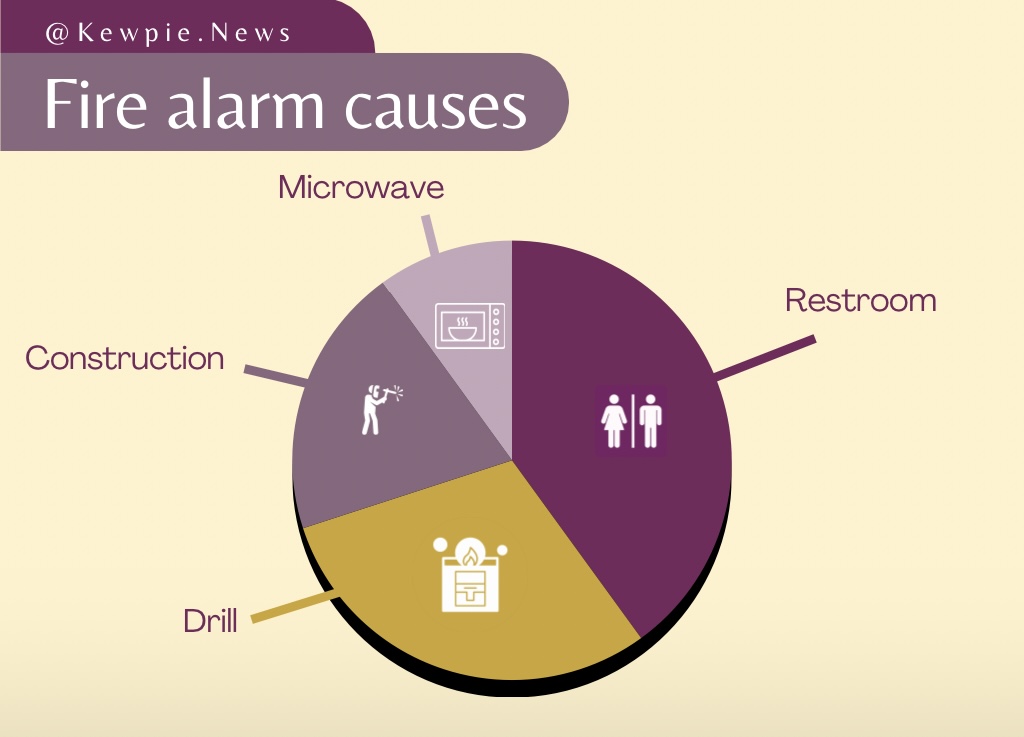










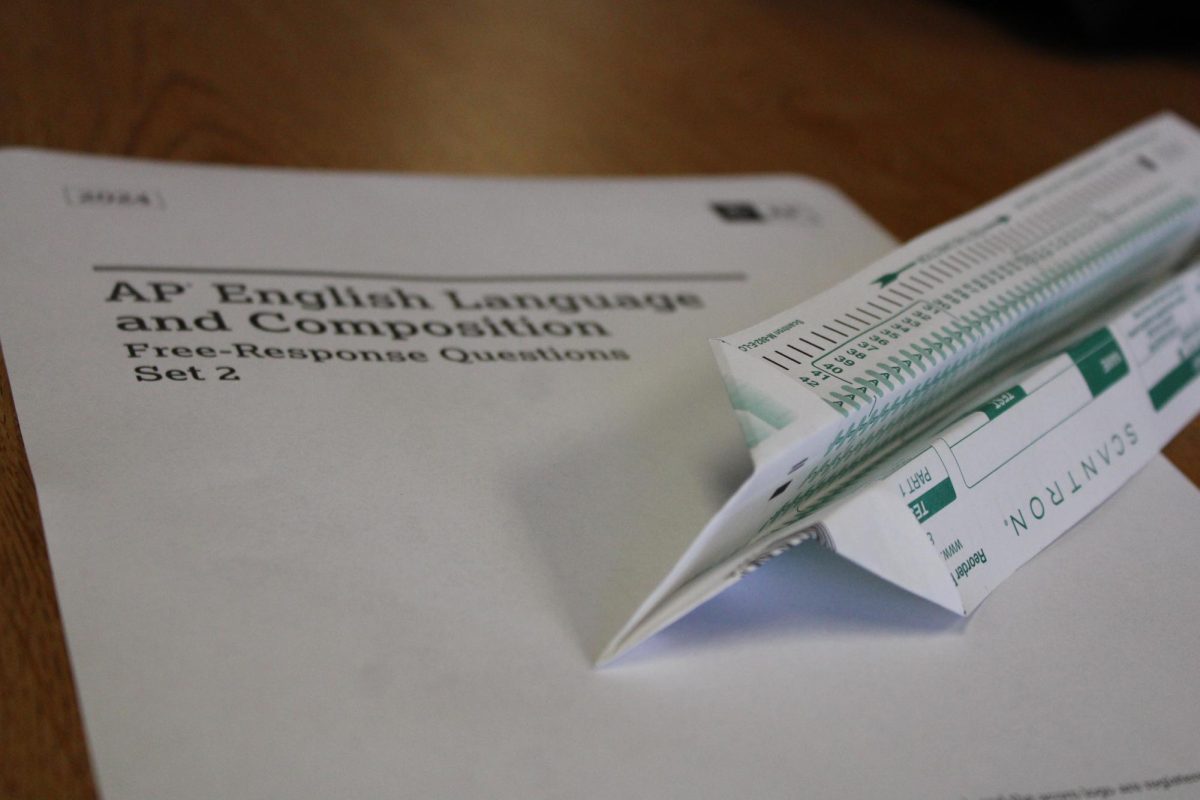










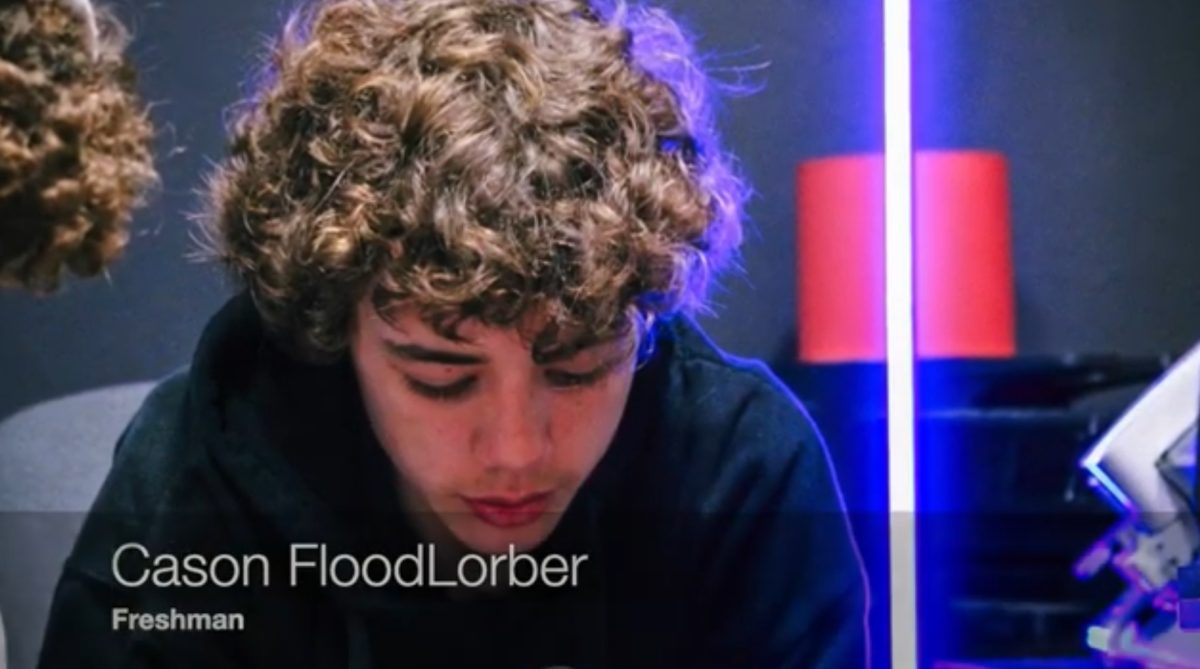







Marcela Arce • Feb 29, 2024 at 6:34 pm
I really enjoyed reading this article and learning more about the how inaccessible the ACT could be! I think this was very well written, and that the evidence was very compelling, especially the bit about how 480 low income students who scored high were uncovered in Michigan after the ACT became a required test. I think it also could’ve been interesting if you had included anecdotes from students here at Hickman, about their experiences with the ACT and it’s price, just because that’s what a lot of us students are thinking about right now. But all in all, great article!
Sarah Won • Feb 28, 2024 at 10:06 am
This was really well written with credible evidence. It was reassuring to hear the ACT prep teacher’s insight. A graph to represent the data in the story would have been good visuals, like the articles that were linked within the story.
Sofia Heredia • Feb 28, 2024 at 10:04 am
This is a super well written and though out article. The specific details about costs of testing as well as socioeconomic statistics really put into perspective this issue. I appreciate your call to action and agree with it.